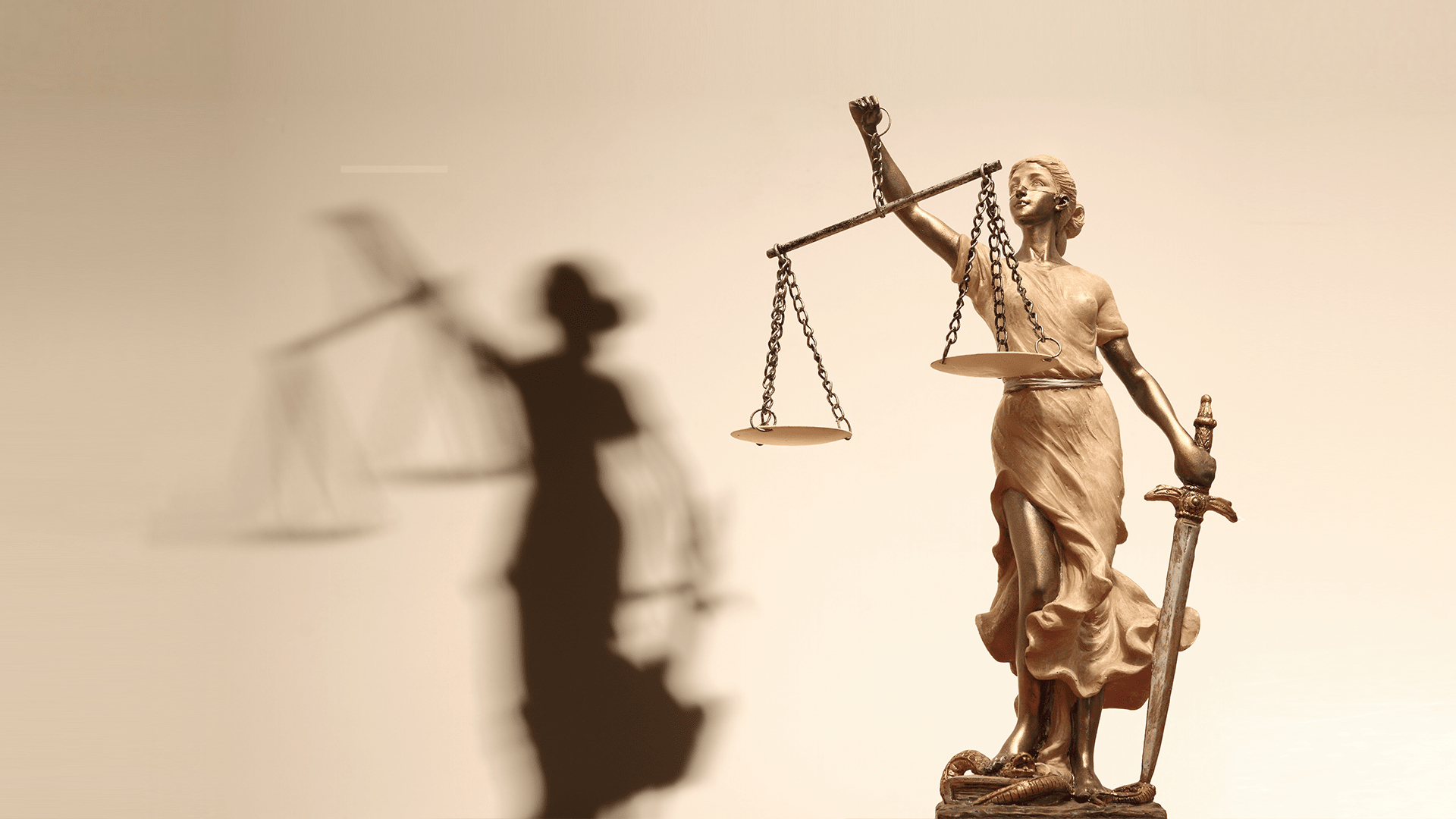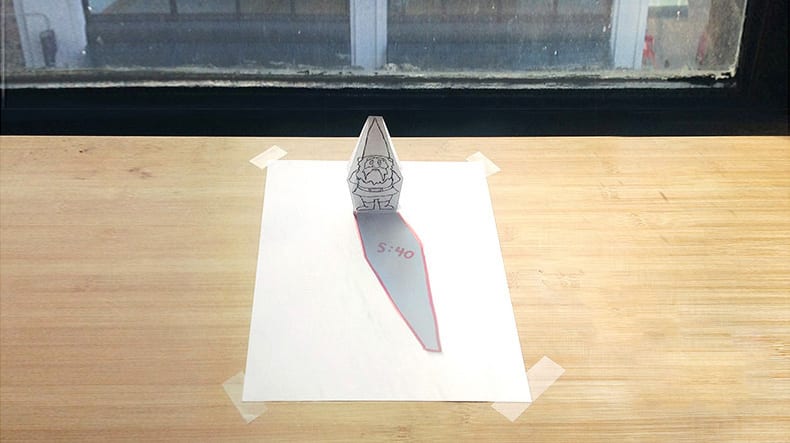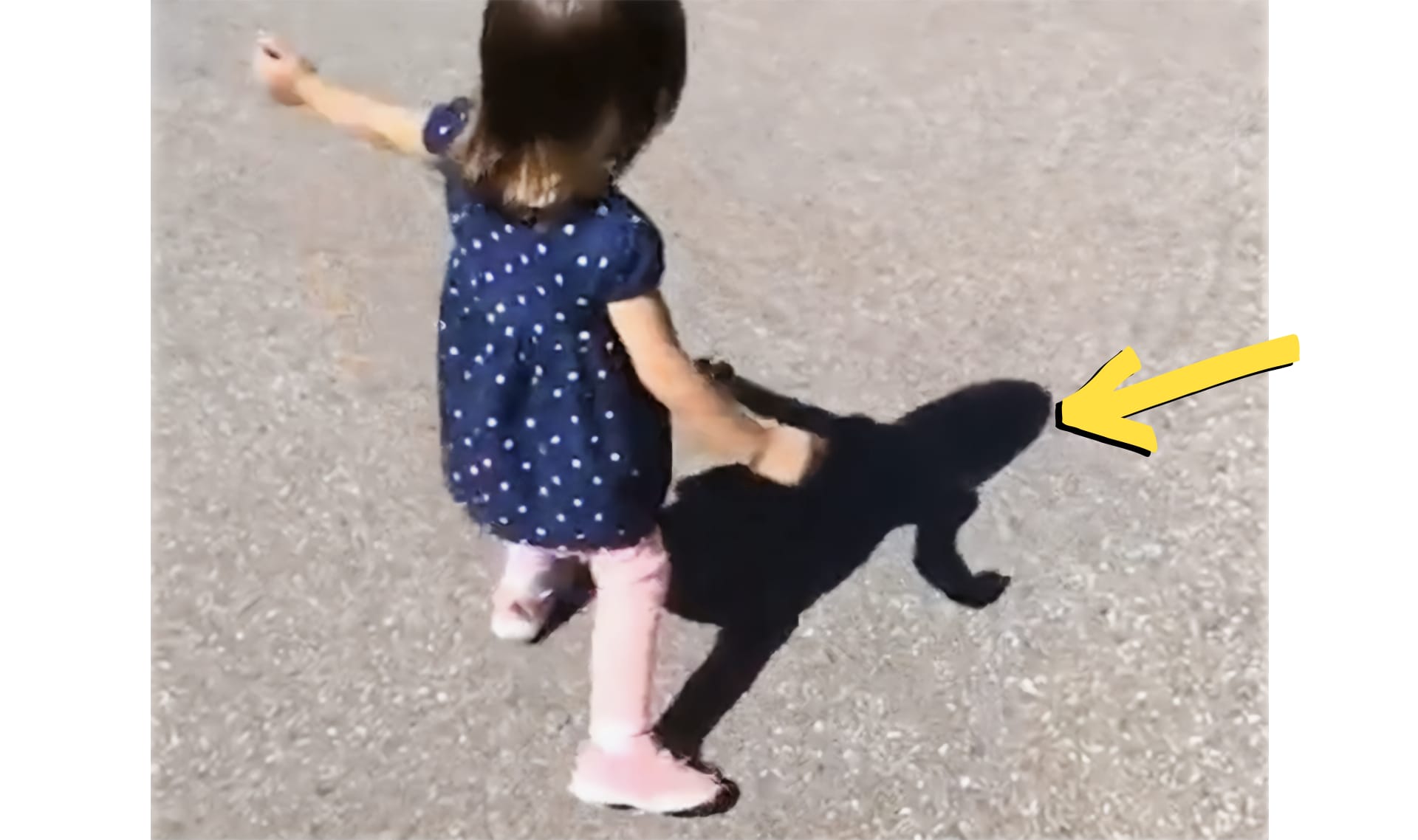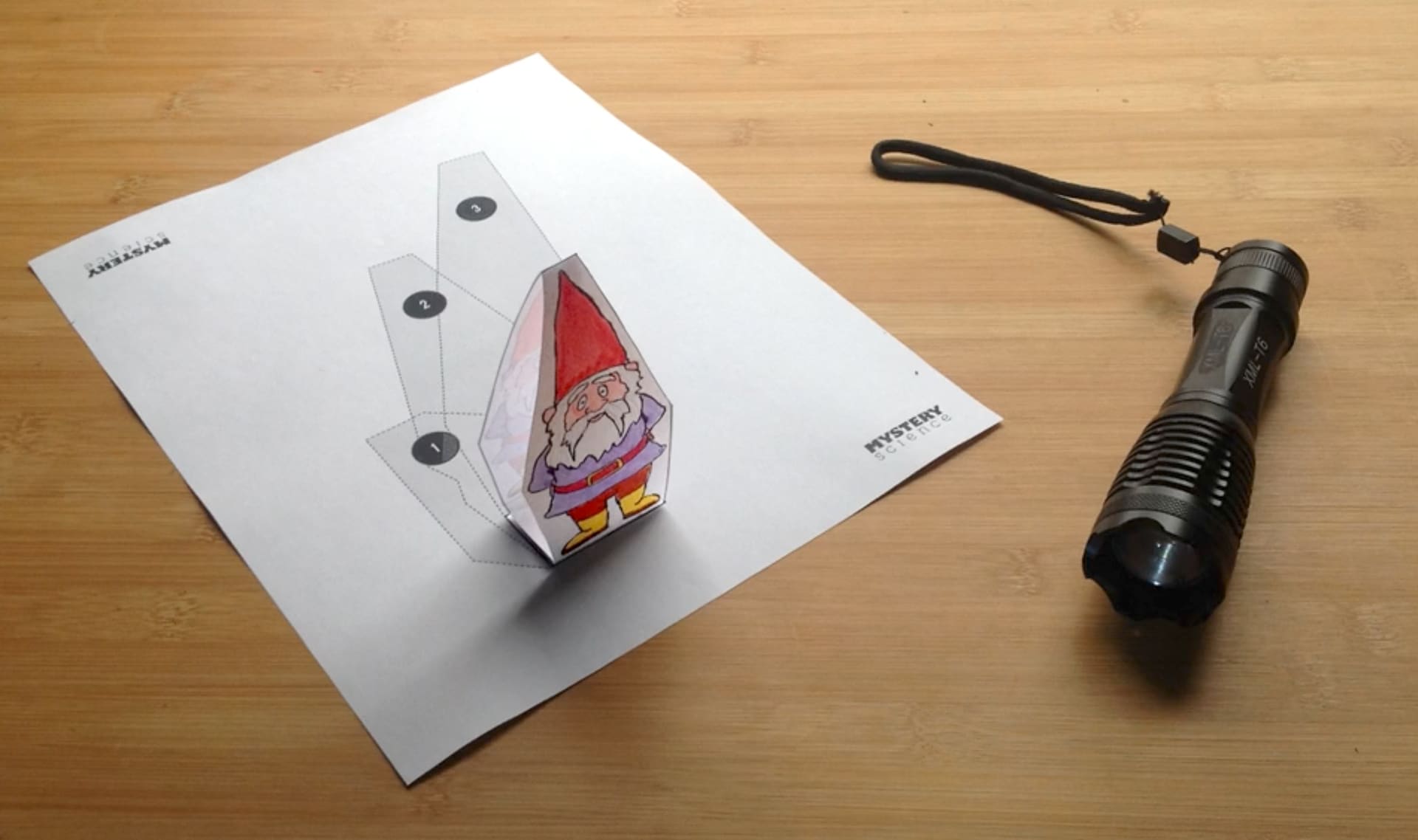Image & Video Credits
Mystery Science respects the intellectual property rights of the owners of visual assets.
We make every effort to use images and videos under appropriate licenses from the owner or by
reaching out to the owner to get explicit permission. If you are the owner of a visual and
believe we are using it without permission, please
contact us—we will reply promptly and make
things right.
Exploration
girl discovering her shadow by
The Hills
dog chasing his shadow by
Rumble Viral
boy running away from his shadows by
berge95
shaddow puppet hands by
Unripe Content
, used under CC BY
lighthouse shadow on the beach by
Janx
, used under Public Domain
shadow of a fence by
Phil Kalina
, used under CC BY
Ira Hayes memorial by
Marine 69-71
, used under CC BY-SA
timelapse of tree shadows by
TimeLAPSE
door shadows timelapse by
Mick Abdou
sunrise timelapse by
Beachfront B-Roll: Free Stock Footage
, used under CC BY
sunset timelapse by
Visual Uplift
, used under CC BY
sun in the sky by
Image used under license from Shutterstock.com: Pakhnyushchy
Activity
decorative gnomes in the backyard by
Image used under license from Shutterstock.com: Olgysha












